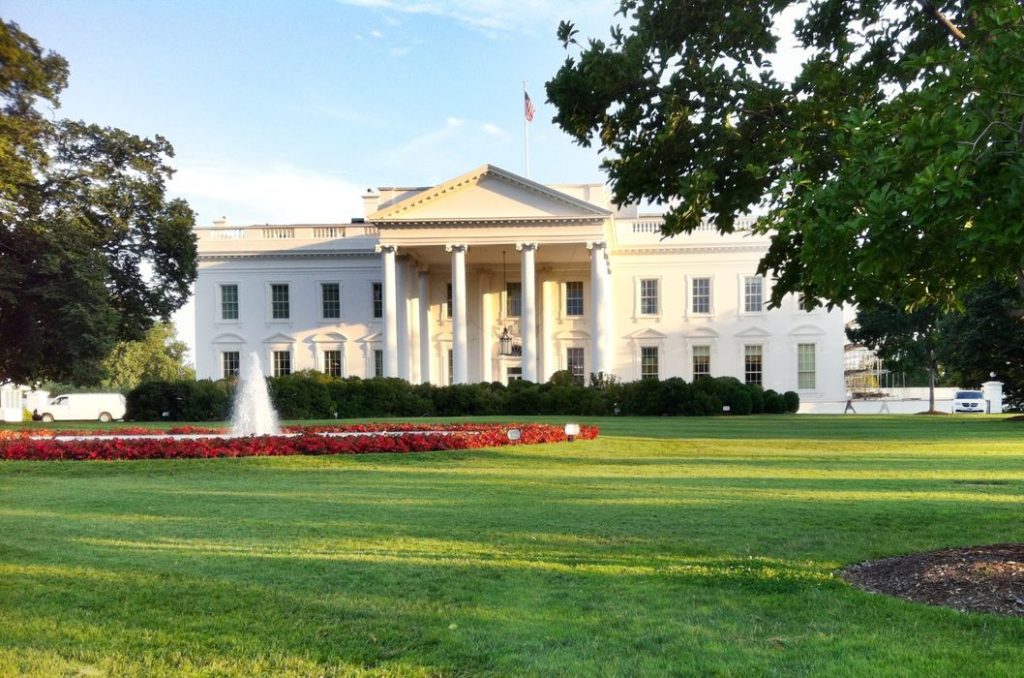
The Biden administration announced a series of new policies related to “ghost guns” that might affect 3D printing.
In the wake of continual shooting incidents, the White House announced some new policies on weaponry, specifically for “ghost guns”.
These are weapons that have no serial number, and therefore cannot be traced or controlled in any way. This makes it far more challenging for law enforcement to figure out how some crimes take place.
Typically the gun is not produced in entirety. Instead the key component of the gun, the “lower receiver” is the actual part that’s serialized. The rest are just parts that can actually be legally sold in the US, so long as there is no lower receiver.
This has led to some producing these critical parts and allowing them to be matched with “kits” for the remainder of the parts to create a functional weapon.
The lower receivers are being manufactured in different ways, some of which include 3D print technology. I’ve always thought that producing weapons using thermoplastics is inefficient, as it results in a lower quality result versus producing the parts in strong metal. There are probably more metal CNC machines on the loose than there are 3D printers, making me wonder why 3D printing is used at all for this purpose.
The fear in our community is that draconian restrictions might be placed on 3D printers in a misguided effort to stop weaponry from being produced. That’s simply not possible given the infinite variations of weapon geometry, making it impossible to detect. But stranger things have happened, and restrictions always cause collateral issues that might affect the industry.
What is it, exactly that the Biden administration announced? The release said:
“Today, the President and Deputy Attorney General will also announce that the U.S. Department of Justice has issued a final rule to rein in the proliferation of “ghost guns” – unserialized, privately-made firearms that law enforcement are increasingly recovering at crime scenes in cities across the country.”
And:
“This final rule bans the business of manufacturing the most accessible ghost guns, such as unserialized “buy build shoot” kits that individuals can buy online or at a store without a background check and can readily assemble into a working firearm in as little as 30 minutes with equipment they have at home. This rule clarifies that these kits qualify as “firearms” under the Gun Control Act, and that commercial manufacturers of such kits must therefore become licensed and include serial numbers on the kits’ frame or receiver, and commercial sellers of these kits must become federally licensed and run background checks prior to a sale – just like they have to do with other commercially-made firearms.”
Regarding 3D printing, the release states:
“Through this rule, the Justice Department is requiring federally licensed dealers and gunsmiths taking any unserialized firearm into inventory to serialize that weapon. For example, if an individual builds a firearm at home and then sells it to a pawn broker or another federally licensed dealer, that dealer must put a serial number on the weapon before selling it to a customer. This requirement will apply regardless of how the firearm was made, meaning it includes ghost guns made from individual parts, kits, or by 3D-printers.”
In other words, they will require anyone producing said parts to include a serial number in the geometry or applied afterwards.
That is not a technical constraint, but instead is a legal requirement.
This is good news for 3D printing, as it doesn’t require 3D printer manufacturers to implement challenging systems to automatically detect “illegal parts” being produced. That’s difficult and probably impossible to do. Meanwhile, 3D printers can continue doing what they’re doing, and those making parts for weapons will be required to produce serial numbers.
Whether they actually will do so is another question, but that does not affect 3D printing.
Via The White House

